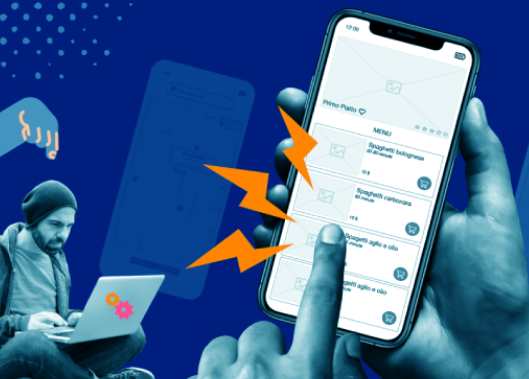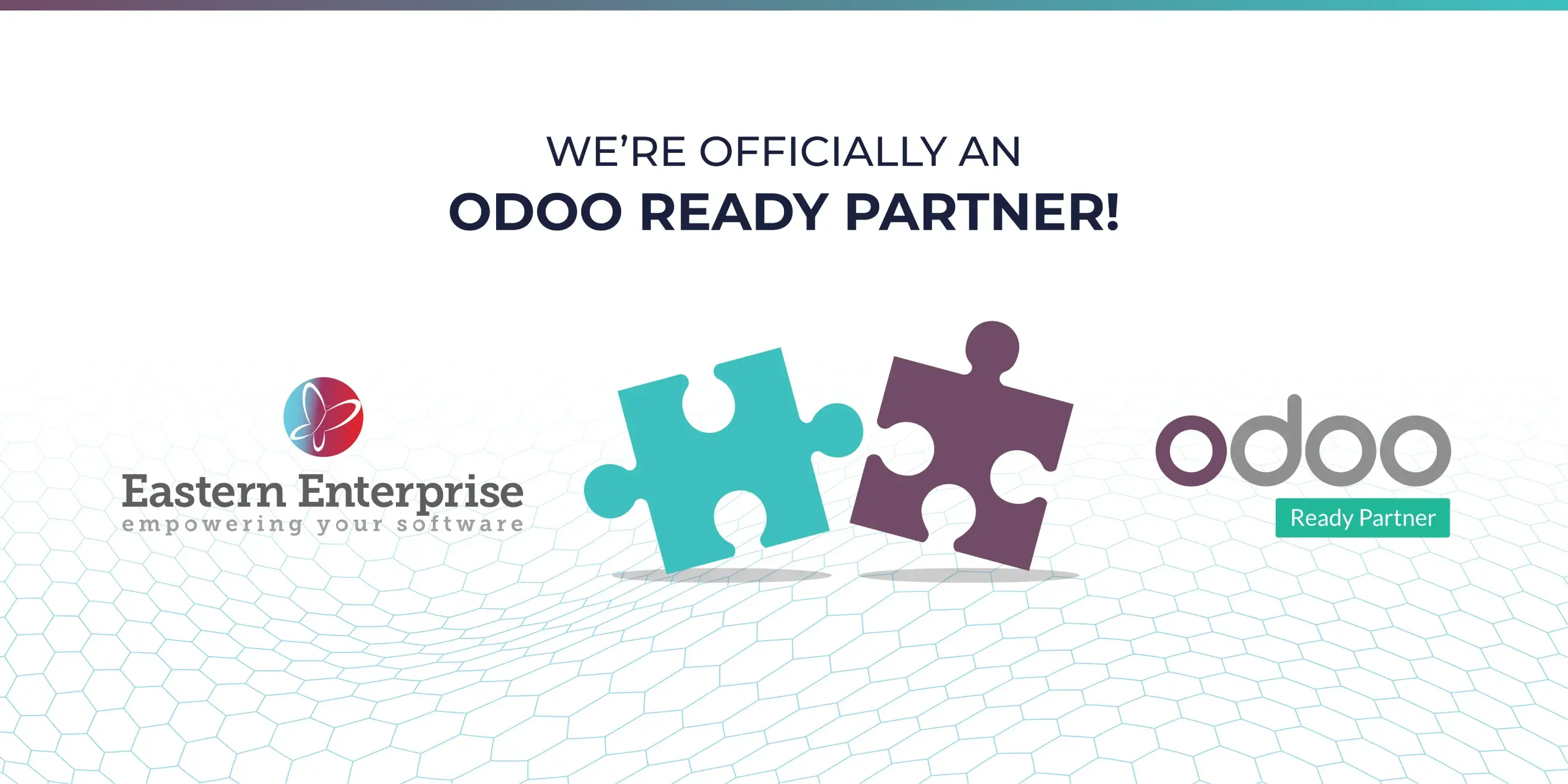

Usability is essential for ensuring that HealthTech solutions are easy to use and navigate, even for users with limited technical expertise. Designing intuitive interfaces, minimizing cognitive load, and providing clear instructions are key principles of usability in HealthTech design. By simplifying complex tasks and workflows, HealthTech solutions can empower users to manage their health more effectively and efficiently.

Accessibility ensures that HealthTech solutions are inclusive and usable by individuals with diverse abilities and needs. This includes designing interfaces that are compatible with assistive technologies, providing alternative means of interaction for users with disabilities, and considering factors such as color contrast, font size, and language support. By prioritizing accessibility, HealthTech developers can reach a broader audience and ensure equitable access to healthcare resources.

User experience encompasses the overall experience of using a HealthTech solution, including factors such as ease of use, satisfaction, and perceived value. Creating positive user experiences involves engaging users throughout the design process, understanding their goals and pain points, and iteratively refining the solution based on user feedback. By prioritizing user experience, HealthTech developers can foster greater adoption, engagement, and adherence among users.

Empathy is the foundation of patient-centered design. Take the time to understand the needs, preferences, and challenges of patients, caregivers, and healthcare professionals through interviews, observations, and user research. By empathizing with users, designers can gain valuable insights that inform the design process and drive innovation.

Engage stakeholders, including patients, caregivers, and healthcare professionals, from the outset of the design process. Solicit their input, feedback, and co-design ideas through workshops, focus groups, and participatory design sessions. By involving stakeholders early and often, designers can ensure that the final product reflects the diverse perspectives and needs of its intended users.

Iterative design and prototyping are essential for refining HealthTech solutions based on user feedback. Create low-fidelity prototypes to gather initial feedback from users, then iterate on the design based on their input. Conduct usability testing and iterate further until the solution meets the needs and expectations of its users. By embracing an iterative approach, designers can identify and address usability issues early in the design process, ultimately resulting in a more user-friendly and effective product.

Cultural competence is crucial for designing HealthTech solutions that are sensitive to the cultural beliefs, values, and practices of diverse user populations. Consider cultural factors such as language preferences, health literacy levels, and cultural taboos when designing interfaces and content. Incorporate culturally relevant imagery, language, and examples to ensure that the solution resonates with its intended audience.

Engage with community organizations, advocacy groups, and cultural stakeholders to gain insights into the cultural context and preferences of target user populations. Collaborate with community members in the design process, soliciting their input and feedback to ensure that the solution addresses their unique needs and priorities. By fostering community engagement, designers can create HealthTech solutions that are culturally sensitive, relevant, and empowering.

Consider the unique needs and preferences of users from different cultural backgrounds when localizing and adapting HealthTech solutions for global markets. Translate interfaces and content into multiple languages, taking into account linguistic nuances and cultural sensitivities. Customize the solution to align with cultural norms, preferences, and healthcare practices in diverse regions. By tailoring the solution to the cultural context, designers can enhance its acceptability, usability, and effectiveness across diverse user populations.
| Cookie | Duration | Description |
|---|---|---|
| __cf_bm | 1 hour | This cookie, set by Cloudflare, is used to support Cloudflare Bot Management. |
| _cfuvid | session | Calendly sets this cookie to track users across sessions to optimize user experience by maintaining session consistency and providing personalized services |
| cookielawinfo-checkbox-advertisement | 1 year | Set by the GDPR Cookie Consent plugin, this cookie records the user consent for the cookies in the "Advertisement" category. |
| cookielawinfo-checkbox-analytics | 11 months | This cookie is set by GDPR Cookie Consent plugin. The cookie is used to store the user consent for the cookies in the category "Analytics". |
| cookielawinfo-checkbox-functional | 11 months | The cookie is set by GDPR cookie consent to record the user consent for the cookies in the category "Functional". |
| cookielawinfo-checkbox-necessary | 11 months | This cookie is set by GDPR Cookie Consent plugin. The cookies is used to store the user consent for the cookies in the category "Necessary". |
| cookielawinfo-checkbox-others | 11 months | This cookie is set by GDPR Cookie Consent plugin. The cookie is used to store the user consent for the cookies in the category "Other. |
| cookielawinfo-checkbox-performance | 11 months | This cookie is set by GDPR Cookie Consent plugin. The cookie is used to store the user consent for the cookies in the category "Performance". |
| CookieLawInfoConsent | 1 year | CookieYes sets this cookie to record the default button state of the corresponding category and the status of CCPA. It works only in coordination with the primary cookie. |
| viewed_cookie_policy | 11 months | The cookie is set by the GDPR Cookie Consent plugin and is used to store whether or not user has consented to the use of cookies. It does not store any personal data. |
| wpEmojiSettingsSupports | session | WordPress sets this cookie when a user interacts with emojis on a WordPress site. It helps determine if the user's browser can display emojis properly. |
| Cookie | Duration | Description |
|---|---|---|
| li_gc | 6 months | Linkedin set this cookie for storing visitor's consent regarding using cookies for non-essential purposes. |
| lidc | 1 day | LinkedIn sets the lidc cookie to facilitate data center selection. |
| wp-wpml_current_language | session | WordPress multilingual plugin sets this cookie to store the current language/language settings. |
| yt-remote-cast-installed | session | The yt-remote-cast-installed cookie is used to store the user's video player preferences using embedded YouTube video. |
| yt-remote-connected-devices | never | YouTube sets this cookie to store the user's video preferences using embedded YouTube videos. |
| yt-remote-device-id | never | YouTube sets this cookie to store the user's video preferences using embedded YouTube videos. |
| yt-remote-fast-check-period | session | The yt-remote-fast-check-period cookie is used by YouTube to store the user's video player preferences for embedded YouTube videos. |
| yt-remote-session-app | session | The yt-remote-session-app cookie is used by YouTube to store user preferences and information about the interface of the embedded YouTube video player. |
| yt-remote-session-name | session | The yt-remote-session-name cookie is used by YouTube to store the user's video player preferences using embedded YouTube video. |
| ytidb::LAST_RESULT_ENTRY_KEY | never | The cookie ytidb::LAST_RESULT_ENTRY_KEY is used by YouTube to store the last search result entry that was clicked by the user. This information is used to improve the user experience by providing more relevant search results in the future. |
| Cookie | Duration | Description |
|---|---|---|
| _ga | 1 year 1 month 4 days | Google Analytics sets this cookie to calculate visitor, session and campaign data and track site usage for the site's analytics report. The cookie stores information anonymously and assigns a randomly generated number to recognise unique visitors. |
| _ga_* | 1 year 1 month 4 days | Google Analytics sets this cookie to store and count page views. |
| _gcl_au | 3 months | Google Tag Manager sets the cookie to experiment advertisement efficiency of websites using their services. |
| _li_id | 2 year | Leadinfo places two cookies that only provides Eastern Enterprise insights into the behaviour on the website. These cookies will not be shared with other parties. |
| Cookie | Duration | Description |
|---|---|---|
| bcookie | 1 year | LinkedIn sets this cookie from LinkedIn share buttons and ad tags to recognize browser IDs. |
| guest_id | 1 year 1 month | Twitter sets this cookie to identify and track the website visitor. It registers if a user is signed in to the Twitter platform and collects information about ad preferences. |
| test_cookie | 15 minutes | doubleclick.net sets this cookie to determine if the user's browser supports cookies. |
| VISITOR_INFO1_LIVE | 6 months | YouTube sets this cookie to measure bandwidth, determining whether the user gets the new or old player interface. |
| VISITOR_PRIVACY_METADATA | 6 months | YouTube sets this cookie to store the user's cookie consent state for the current domain. |
| YSC | session | Youtube sets this cookie to track the views of embedded videos on Youtube pages. |
| yt.innertube::nextId | never | YouTube sets this cookie to register a unique ID to store data on what videos from YouTube the user has seen. |
| yt.innertube::requests | never | YouTube sets this cookie to register a unique ID to store data on what videos from YouTube the user has seen. |
| Cookie | Duration | Description |
|---|---|---|
| __Secure-ROLLOUT_TOKEN | 6 months | Description is currently not available. |

